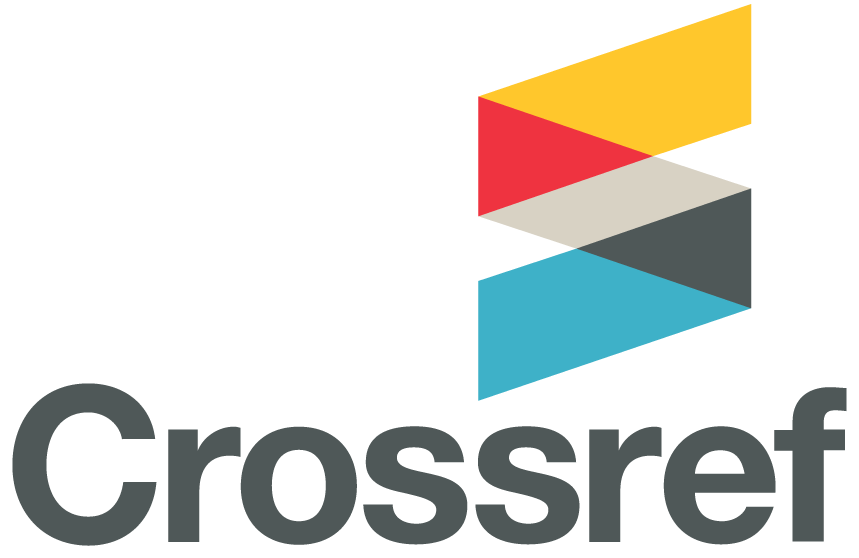Effect of repeated disinfection with madacide disinfectant solution on detail reproduction of dental stone Ramzi
DOI:
https://doi.org/10.32828/mdj.v1i1.1093Keywords:
Medacide, disinfection solutioin, dental stone surfaceAbstract
Dental care providers are exposed to a wide variety of infections agents. This study investigated the effect of repeated applications (spaying or immersion) of disinfection on dental stone surface (reproduction ability) with medacide disinfection solution. Results demonstrated a significant reduction ni the reproduction ability with both methods of disinfection. However the spraying method had less effect than the immersion method of disinfection
References
Dur PD, Novak VE: Dimensional stability of alginate impressions immersed ni disinfecting solutions. J of Dentistry for children. 1987; 54: 45-48. .2 Tobias RS, Browne RM Wilson CA: An ni vitro study of the antibacterial and antifungal properties of a n irreversible hydrocolloid impression material impregnated with disinfectant. JProsthet Dent. 1989; 62: 601-605. 3.Council on Dental Materials, Instruments and equipment, council on dental practice, and council on dental therapeutics. Infection control recommendation for the dental office and the dental laboratory. J Am Dent Assoc 1988; 116: 241-248. 4. Bergman B: Disinfection of prosthetic impression materials. A literature review Int J Prosthet 1989; 2: 537-542. .5 Sevedge S R, Gunderson R B, Singer M T: Linear distortion and compatibility of an
a ntimicrobial irrever sib le hydrocolloid impression material and improved dental stones. JProsthet Dent 1989; 62(5): 612-615. 6. Matthias K, Reinhold M R, Jorg R S: Three dimensional investigation of the accuracy of impression materials after disinfection. Prosthet Dent 1993; 70(5): 449-456. .7 Leung RL, Schonfield SE: Gypsum cast as a potential source microbial c r o s S - contamination. J Prosthet Dent 1983; 49(2): 210-211. 8. Gelson LH, Elaine Z, Fonseca RG, Santos CA: Effect of disinfectant agents on dimensional stability of elastomeric impression materials. J Prosthet Dent 1999; 81(5): 621-624. 9. Council on Dental Therapeutics, council on prosthetic services and dental laboratory relations. Guidelines for infection control ni the dental office and the commercial dental laboratory. J Am Dent Assoc 1985; 110:969- 1. Kowk WM, Ralph WJ: The use of chemical disinfectant ni dental prosthetics. Aus Dent J 1984; 29(3): 180-183. 12. Stern M A, Johnson G H, Toolson L B: An evaluation of dental stones after repeated exposure ot spray disinfectants part I Abrasion and compressive strength. J Prosthet Dent 1991; 65(5): 713-718. 13. Sarma A C, Robert N: A study on the effect of disinfectant chemicals on physical properties of die stone. Quint Inter 1990; 21(1): 53-59. 14. Bas RA, Plummer KD, Anderson EF: The effect of a surface disinfectant on a dental cast. J Prosthet Dent 1992; 67(5): 723-725. 15. Berko RY, Al-Ameer SS: Effect of Madacide disinfectant on some of physical and mechanical properties of dental stone, Master thesis, Baghdad University. 2001. 16. American Dental Association. Guide to dental materials and device. 1975; 86-90. 17. Al-Shakily G: The efect o fdisinfectant solutions on some properties of dental stone cast. A master thesis, University of Baghdad 1995. 10.Donald LM, Nadjmeh MH, Manvile GD, Nancy LJ, Roderick E M: Quantitative study of bactercial colonization of dental casts. J Prosthet Dent 1997; 78(5): 518-521. 107
Downloads
Published
Issue
Section
License

This work is licensed under a Creative Commons Attribution 4.0 International License.
The Journal of Mustansiria Dental Journal is an open-access journal that all contents are free of charge. Articles of this journal are licensed under the terms of the Creative Commons Attribution International Public License CC-BY 4.0 (https://creativecommons.org/licenses/by/4.0/legalcode) that licensees are unrestrictly allowed to search, download, share, distribute, print, or link to the full texts of the articles, crawl them for indexing and reproduce any medium of the articles provided that they give the author(s) proper credits (citation). The journal allows the author(s) to retain the copyright of their published article.
Creative Commons-Attribution (BY)








